Scratch Golfer: How Best Players Play the Game
What Do Scratch Golfers Do Differently? Check Out These Six Tips to Transform Your Game and Finally Shoot a Round Under Par.
Who doesn’t want to be a scratch golfer?
For a lot of golfers, that zero handicap is a lifetime goal. There is no question: if you’re able to shoot a round under par, you’re a member of a rarified group. You’ve entered a whole new level of the game and accomplished something most golfers never will.
If you’re close to the dream of becoming a scratch golfer but you haven’t quite made it to the finish line, I’ve got you covered. I’ve got some tips and concepts that will give you the final push you need to finish your next round with an enviable scorecard.
And if you are looking to finally break 80, break 90, or even just break 100, we can help there too.
But be aware: none of these tips are about your technique. Why?
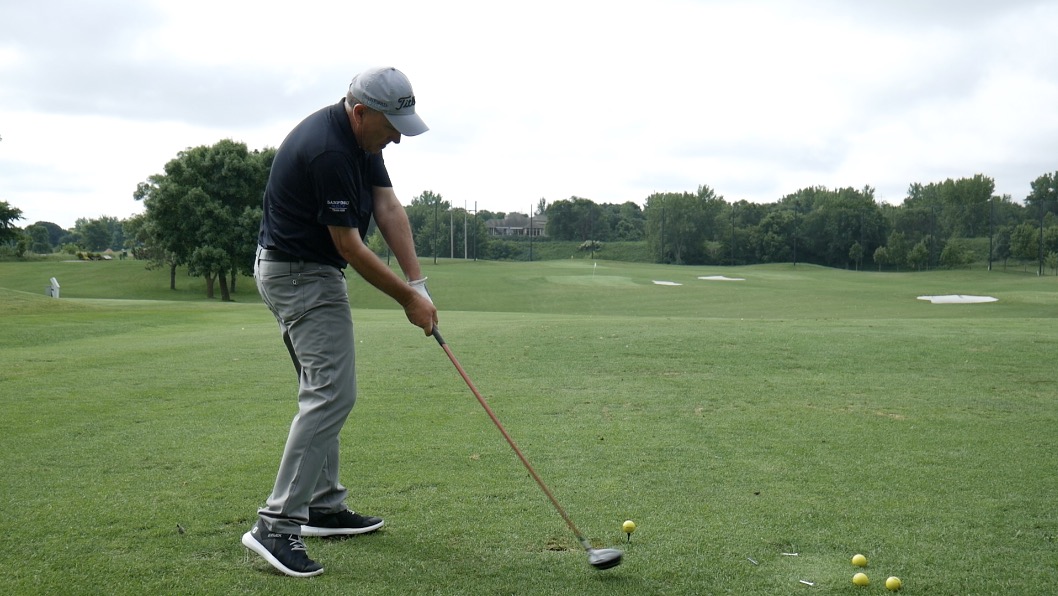
Because most players who are close to becoming a scratch golfer already have a solid technique. If you’ve got a three or four handicap, probably don’t need swing tips. It’s far more likely that your strategy, course management, and mindset are what hold you back.
Let the following concepts reshape the way you approach your practice time and your time on the course. You’ll start closing in on that zero handicap in no time.
Chipping
I love to talk chipping. If you’ve been following our YouTube channel, you’ve probably caught a few of my videos on chipping. It’s one of my favorite skills to teach for two reasons.
First, people who practice chipping often see improvement in this skill very quickly.
Second, players who are great at chipping do really well over the course of a round. A solid chip shot often lands close enough to the hole for the player to convert it on the first putt. Over the course of an entire round, the number of strokes saved by excellent chipping really adds up.
If you want to be a scratch golfer, approach your chip shots by thinking in terms of what I call “the magic 7 feet.”
By this I mean that you want your chip shots to land within seven feet of the hole . . . on average. You may occasionally chip the ball to within 9 feet, sometimes within 3 feet, but overall, you want that average to be about 7 feet.
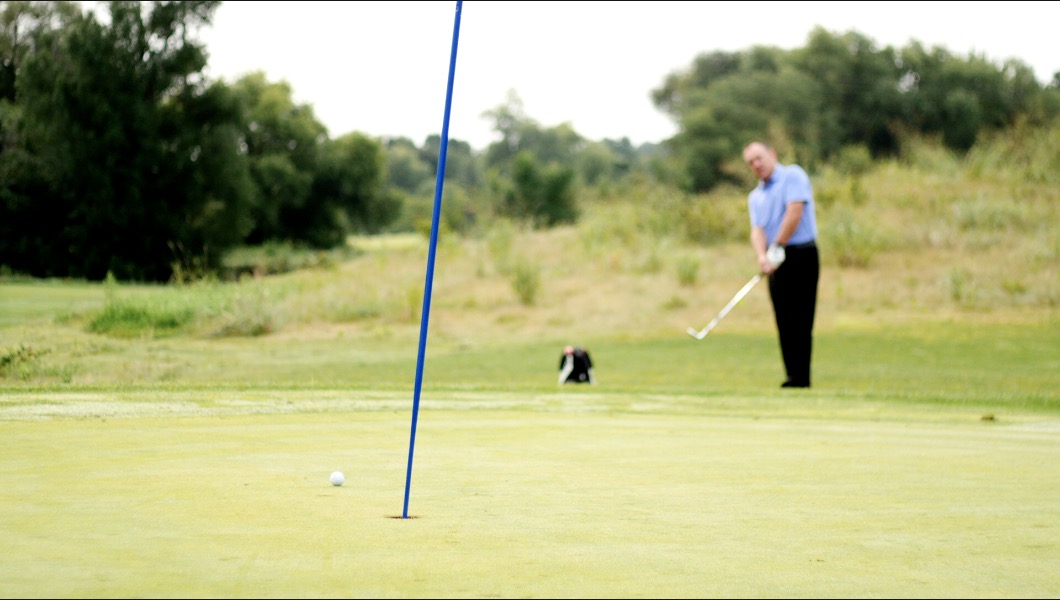
You see, a low handicap or scratch golfer typically converts 50-55% of their putts from 7 feet. So, if you consistently land your chip shots within that distance, you’re set up sink at least half of those putts.
On the other hand, if you have a three or four handicap and your chip shots are landing 10 or 12 feet from the cup, your odds of sinking that first putt drop significantly.
If you’re hoping to become a scratch golfer, you’ve got to focus your chip shots on achieving the magic 7 feet.
Distance
Okay, you already know distance is essential for shooting a round under par. But do you know how long your drives have to be in order to be a scratch golfer? And do you know when you can stop blaming your distance and start looking for other solutions?
I’m going to shed a little light on the subject of distance, but first, a heads-up:
The following numbers are generalities. Exact yardages vary depending on which tees and what type of course you play. Regardless, this should provide some helpful guidelines.
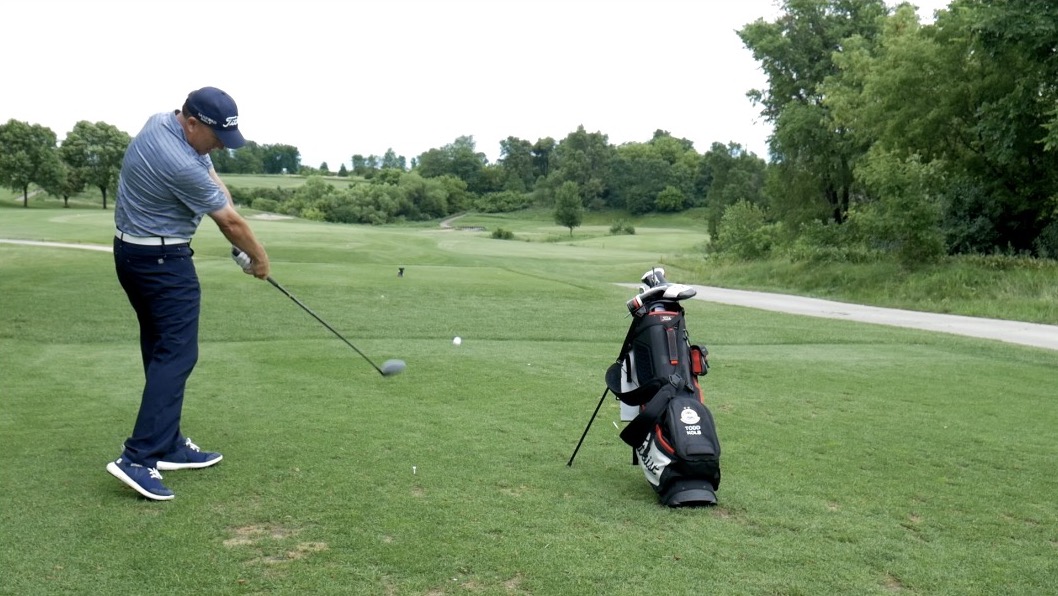
In general, a male player who wants to be a scratch golfer had better be driving at least 250 yards. If you’re shooting off the senior tees, it can be a little less than that. If you’re shooting off the back tees, you need closer to 280 or 300 yards. But on average, gentlemen, you should be shooting 250 yards or more.
As for women, the ladies’ tee boxes vary drastically, but generally speaking, you should be shooting around 225 yards.
If you’re driving less than the necessary yardage for your tee box, it’s time to take a close look at your swing and figure out why. Start here for some great tips on getting more distance off your driver.
On the other hand, if you’re driving 280 yards and you’re stuck at that three handicap, you know distance is not your problem. It’s time to stop trying to solve the problem with clubhead speed and take a critical look at the rest of your game.
For example . . .
Strategy
You can master every type of golf shot, but if you aren’t smart about how and when you use those skills, you probably aren’t going to be a scratch golfer.
Scratch golfers know when to go for a pin and when not to. For example, if the pin is in the back left corner and there’s a big, deep bunker long and left, a scratch golfer isn’t going to shoot for the pin. They’re going to aim for the center of the green and take the par. They shoot for the birdie only when it makes sense and the risk is low.
They also know where to lay up. A scratch golfer might choose to hit a hybrid on a short par 4 because that hybrid shot is going to leave them 100 yards and they know they’re really dialed in with that 100-yard shot. Or maybe they do a quick risk/reward calculation on a par 5, see that there’s not much trouble around the green, and decide to go for it.
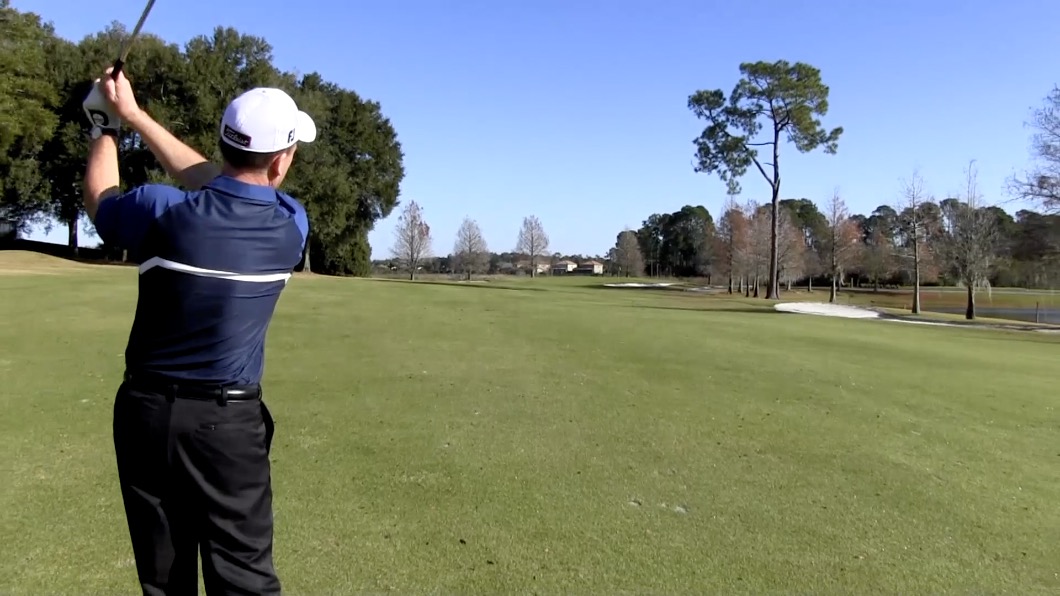
Whatever the scenario, a scratch golfer understands basic strategy. They know when to lay up and when to go for a pin. They understand their individual shot shape and know how to plan with that information in mind.
A golfer with a three or four handicap, on the other hand, makes an average of three or four strategy errors per round.
Take a critical look at your game the next time you hit the golf course. Try to determine where you could be making better, more strategic choices.
Lag Putting
When you watch professional golfers on TV, you see a lot of impressive putts from 10, 12, 15 feet away. What isn’t shown as often are the all-important but less thrilling lag putts. As a result, when most golfers think of taking their game to scratch golfer levels, lag putting is never top of mind.
Make no mistake: solid lag putting is essential for shooting a round under par.
Let’s say you hit an average drive in the fairway, follow it with a solid iron shot, and land 30 feet from the cup. That’s a pretty familiar scenario, right? A scratch golfer has the skills to roll the ball right up to where they know they can tap it in on the next putt.
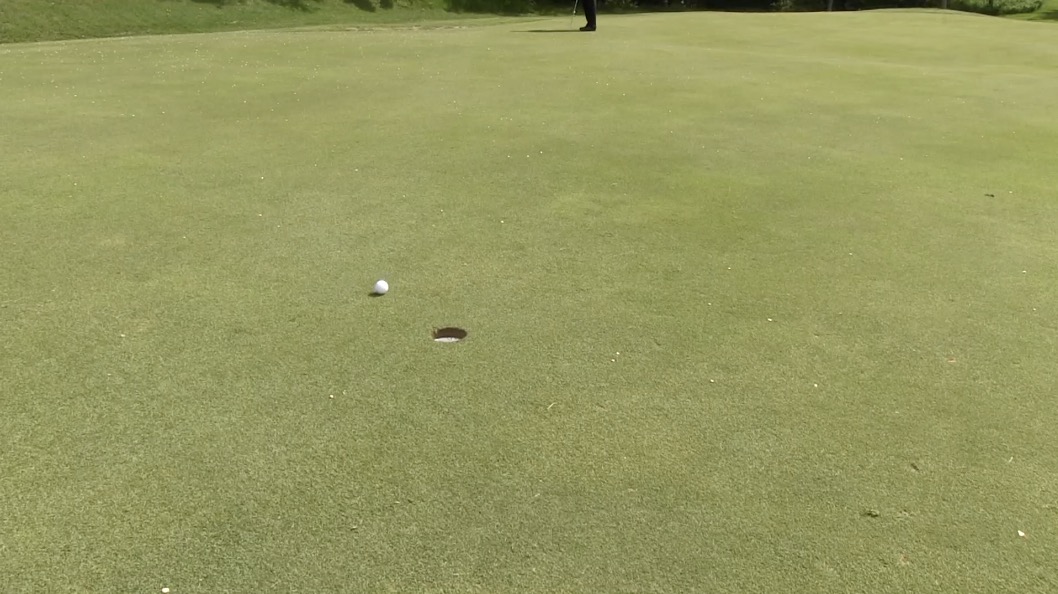
A three or four handicap golfer, on the other hand, is less likely to have the same consistency in their lag putting, and they’re more likely to three putt it.
If your lag putting needs some work, you can find great advice here. Most importantly, remember that the key to lag putting is speed. If you can manage your speed and read the green properly, you can get that ball right where you want it.
Patience
We all know patience is a virtue, and as annoying as that adage may be, it applies on the golf course as much as it does in life.
You see, a scratch golfer understands the natural ebb and flow of an 18-hole round. They can shoot two over par on the first four holes and still approach the fifth hole with a clear head and zero stress. This is because they know there will be highs and lows over the next fourteen holes. They’ll get hot for a while. They’ll make a few birdies. These first four holes are not an omen of things to come.
Other golfers start panicking as they approach that fifth tee box. They start characterizing this round of golf as a bad round, and try to fix it. They start forcing things and making poor strategy choices. Before they know it, they’re in their own heads and blowing it not because they’re having a bad day, but because they made a bad day.
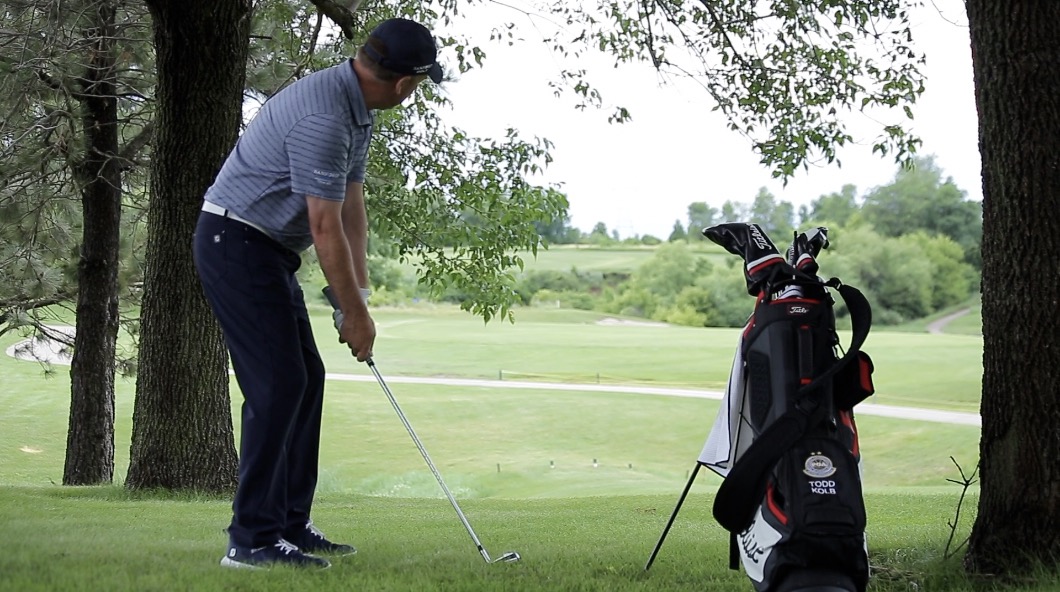
So remember, one bad hole does not automatically lead to another. Keep your mind steady and clear, and expect each round to have its ups and downs.
A Tip for the First Tee
My final tip for becoming a scratch golfer is about setting yourself up for success from the very first tee. There is one thing you can do on the first shot of the day to give yourself the best chance at shooting the round under par:
Approach the first tee with total clarity.
It may seem simple or trite, but in my 25 years of coaching, I have learned that this is the biggest difference between a scratch golfer and a player who’s stuck on a handicap of three or four.
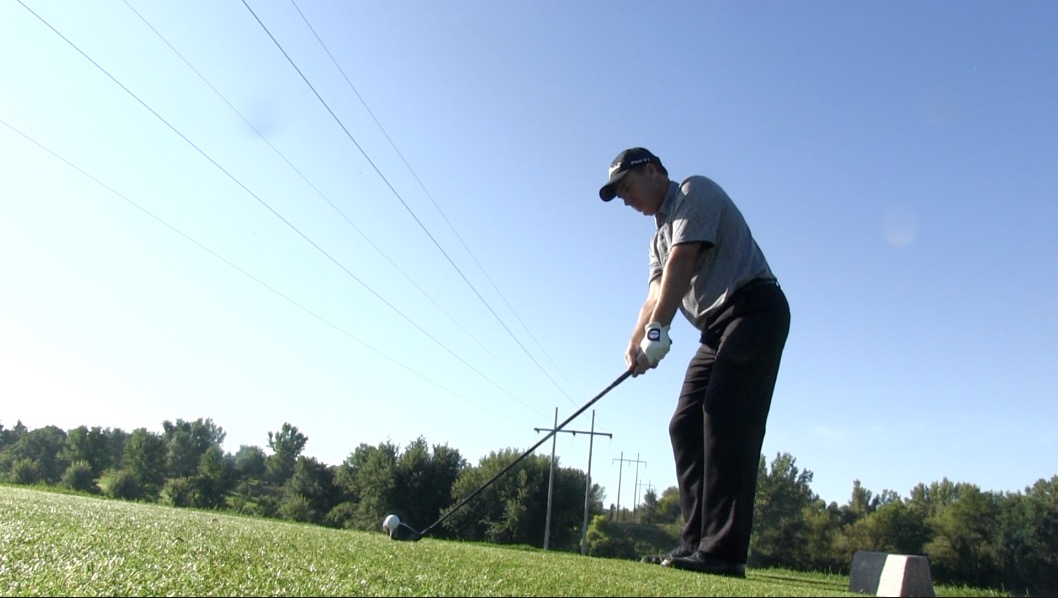
When a scratch golfer sets up their first shot, they know exactly what they’ll be focusing on when it comes to their swing that day. They have a simple, deliberate plan in mind, and they follow through, remembering to be patient and trust their strategy even when they hit some rough patches.
The average golfer, on the other hand, approaches the first tee with a vague idea of some things they might try. They figure they’ll try a new swing technique on this first tee. Then they get some advice from their buddies on the next couple holes, try another trick they read about, and so on. There is no clarity, and as a result, there is no consistency, no focus.
Be like a scratch golfer. Tee off with clarity.
How to Become a Scratch Golfer: A Quick Recap
If you’re trying to become a scratch golfer, you are probably more or less good to go when it comes to technical skills. What you need to work on now is the way you approach your game.
To become a scratch golfer, you must:
- Focus on landing your chip shots about 5 feet from the cup.
- Make sure you’re driving at least 250 yards if you’re a male golfer (a little less if you’re on the senior tee, a little more if you’re on the back tee). Women golfers should be driving around 225 yards.
- Improve your strategy so you can better calculate risks and rewards in any scenario.
- Practice lag putting with a focus on controlling speed.
- Be patient and understand that every round of golf has its ups and downs. No single bad shot defines the entire day.
- Decide what you want to focus on today and approach the first tee with total clarity.
You already have the ability. The next step is to turn on the scratch golfer’s mindset.
You’ve got this.
Any Questions?
Do these concepts make sense to you? Do you have any questions or difference of opinion? Any advice of your own to share?
Jump into the comments section and let us know what you’re thinking. We love hearing from you.
And be sure to follow us Facebook, Twitter and Instagram for product reviews, golf tips, and information on new brands. For helpful video tips, subscribe to our YouTube channel!
Also visit us at GreatGolfTipsNow.com for more tricks and insight on all aspects of the game. We’re always here to help you play better golf.
 |
|
